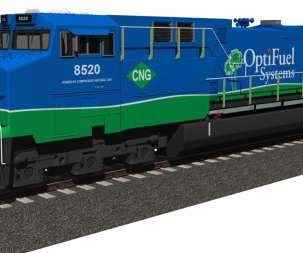Imaging study: air pollution impairs function of blood vessels in lungs
Green Car Congress
DECEMBER 10, 2016
Air pollution impairs the function of blood vessels in the lungs, according to a study of more than 16,000 patients presented at EuroEcho-Imaging 2016. The study examined the effect of air pollution on pulmonary haemodynamics (blood flow) in a population and in individuals. Increases in PM 10 and PM 2.5




















Let's personalize your content